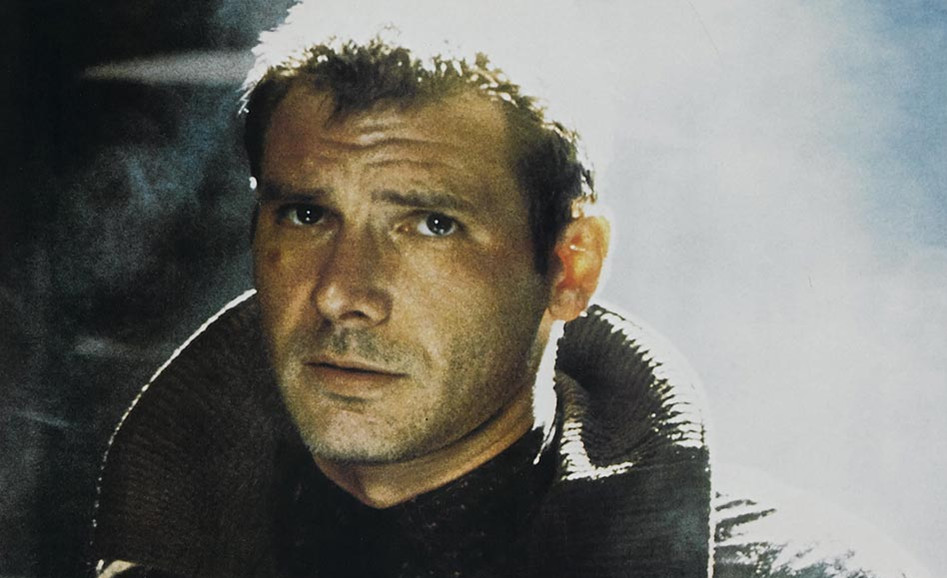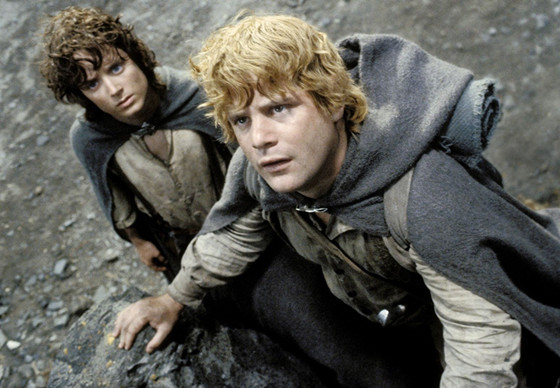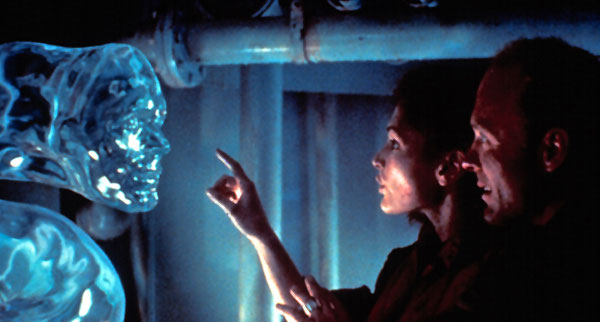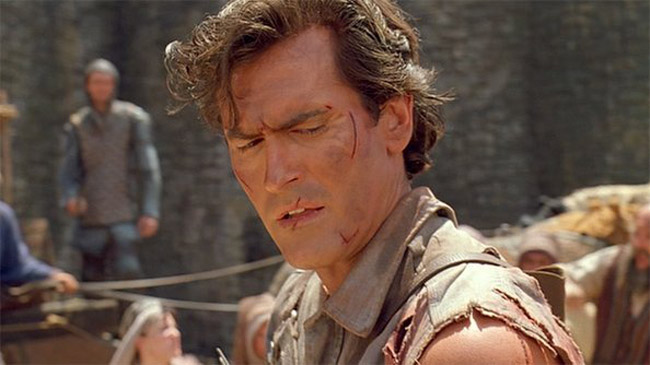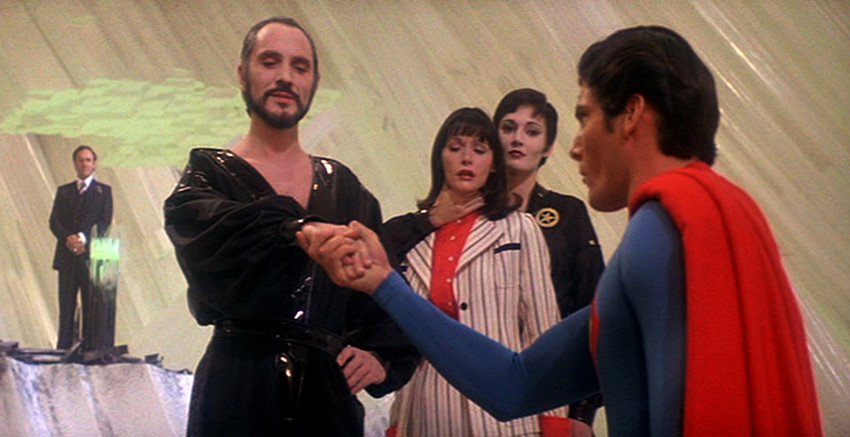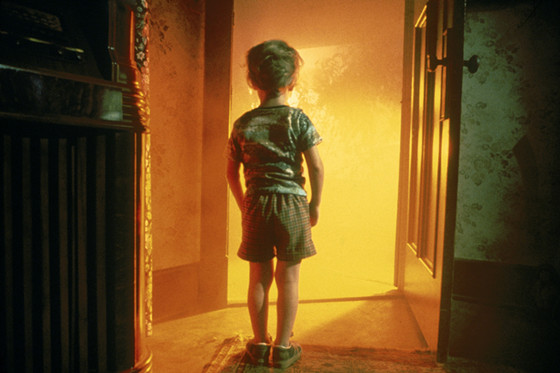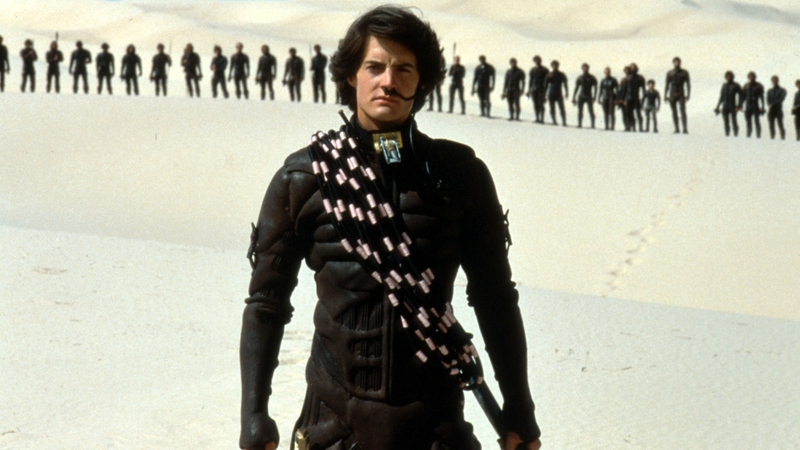There are many reasons why movie directors may not have final cut over their own films. These days, there is so much money involved in making movies, studios are probably more involved than ever in making sure the final product of a film is parallel with the studio’s “vision”.
Other reasons could include unknown audience interest, the editor(s) involved in the film or even the studios desire to “cut their losses” if they feel like too much time and money has already been spent on a film which they feel, ultimately, will fail.
For the audience, the only way we are able to judge the cut of a film vs. a “director’s cut” is if we are able to see both versions. There have been many times over the years where studios and directors have battled over film cuts, but if we never see it, we have no way to judge which is better.
One of the classic examples of this was for the film American History X. New film director Tony Kaye’s battle with New Line Cinema over the final cut of the film has become of those infamous Hollywood stories. He even filed a $200 million lawsuit claiming he would rather be credited on the film as “Humpty Dumpty” than allow the studio to have final cut and release it using his name.
There have even been cases where directors were so upset about the final cuts of their own films they elected to use the alternate screen name, Alan Smithee, to disown involvement in it entirely.
This list will focus on 15 films where we were able to see both a theatrical cut as well as a subsequent alternate cut which substantially improved the flow, meaning and vision of the final product.
(In no particular order).
1. The Lord of the Rings Trilogy
The most obvious recent example of profoundly different director’s cuts, the Lord of the Rings trilogy remains one of the greatest film trilogies of all time. For fans of the series, can you even remember the theatrical versions? Director Peter Jackson has always said he made the “extended editions” for the fans. Having said that, he felt the theatrical versions were the “definitive versions. I regard the extended cuts as being a novelty for the fans that really want to see the extra material”.
The three films had a substantial amount of scenes added to them for their 2nd home video releases. Believe it or not, there were many scenes which were filmed which never made it in to these extended editions. Many of the events in the books were rearranged and even shuffled to different points and film to make each film feel like it has a definitive beginning, middle and ending.
A few of the best missing scenes which were added include the gifting scene where Galadriel gives a special gift to each member of the Fellowship to aid them in their quest, the scene featuring the mouth and teeth of Sauron at the end of The Return of the King when the army arrives at the Black Gate, and the Paths of the Dead sequence in ROTK was greatly extended featuring the “raining skulls” sequence. Some may say the extended ROTK has too many “endings” however, for “Ringers” there can never really be enough.
2. Brazil
Monty Python alum Terry Gilliam (who has a new high-recommended autobiography out called “Gialliamesque, A Pre-posthumous Memoir”) has bucked the system in Hollywood his entire career including battles over The Adventures of Baron Munchausen and his long-delayed project, The Man Who Killed Don Quixote (subject of the 2002 documentary film Lost in La Mancha).
For Brazil, the battle over the final cut of the film was mammoth indeed. So much so, there was even a book written about called “The Battle of Brazil: Terry Gilliam v. Universal Pictures in the Fight to the Final Cut” by Jack Matthews. At one point, Gilliam had even written a letter to studio chief at the time, Sid Sheinberg, begging Sheinberg to let him edit the film for North American audiences as had been done oversees saying “if you really wish to make your version of “Brazil” then put your name on it. Then you can do what you like”.
Ultimately, Universal cut the film from the 142 minute European version down to the “Sheinberg edit” of only 94 minutes. This version removed several major sequences and used many unused and alternate takes. A lot of the fantasy elements from the film were removed as the studio tried to focus more on the love story between the characters of Sam and Jill and have a happier ending.
Fortunately, the Criterion Collection has released a three disk collection of the various cuts so you can watch them and make your own decision.
3. The Abyss
Director James Cameron has never been afraid of trying something new and he did so in a big way with The Abyss. The film centers around an underwater drilling team sent to investigate and search for a nuclear submarine and discovers strange, aquatic alien life forms within the ocean depths.
The movie was difficult to film since much of it took place underwater and many of the actors had a hard time breathing and being pushed to their physical limits. Star Ed Harris has been quoted as saying “I’m not talking about The Abyss and I never will”. During production, the film acquired such nicknames as “Son of Abyss” and “Life’s Abyss and Then You Dive”.
During the editing process, many of the scenes with the aliens were cut as it would have made the film close to three hours long. In the pre Harry Potter, LOTR days, this was considered a big risk and would greatest decrease the likelihood of a successful release. It was actually Cameron himself that ultimately made the cuts even though studios executives urged him not to.
As a result, the movie was a box office disappointment as audiences were confused by a choppy storyline and confusing message. Luckily, Fox restored the missing scenes and released the extended version of the film on home video in 1993, four years after the theatrical release. The restored global alien message in the tidal wave sequence at the end of the film completely alters the film’s point of view and makes the story complete.
4. Army of Darkness
The Evil Dead series is unique in that all three films can be watched together as essentially one long film. The changes in Army of Darkness (Evil Dead 3) were mostly with the ending of the film. Test audiences felt the original ending was too dark and depressing and Universal studios made Raimi reshoot it so the film ended with a battle between the Deadites and hero chainsaw man Ash and (Bruce Campbell) with Ash getting the girl.
After completed, the film actually was delayed in release for over a year while producer Dino De Laurentis and Universal studios argued over who had the rights to the character of Hannibal Lechter. The film was subsequently reedited after the dispute was settled. Campbell was unhappy with the delay in the film’s release saying he has wasted a year of his life and just wanted to see the movie in theaters.
The original ending of the film was eventually released by Anchor Bay among others in one of the 27 DVD releases of the film to date.
5. Superman II (The Richard Donner Cut)
Director Richard Donner had made the first modern-era superhero film with the original Superman in 1978. The sequel was supposed to be shot at the same time as the first film. In fact, Donner had filmed a large number of scenes and, according to star Margot Kidder (Lois Lane), “shot enough scenes to make his own cut of the film”.
On the first film, Donner clashed with producers Alexander and Ilya Salkind over various issues including going over budget on the first Superman film as well as the tone and feel of the film. He felt the Salkinds wanted to make the film “more campy”. As a result, Donner was fired and replaced with director Richard Lester who supervised the completion of the film and shot the remaining scenes.
In 2006, film editor Michael Thau began working on a “Richard Donner” cut of the film after newly discovered scenes of Marlon Brando were discovered for Brian Singer’s Superman Returns. The new cut of Superman II was supervised by Donner himself and creative consultant Tom Mankiewicz. The goal with this new version was to follow the original script as closely as possible.
The new cut was released on DVD in 2006 coinciding with the release of Superman Returns. It features the revised plot including having the opening Paris scenes removed. Editing used both Donner and Lester footage and even a portion of a screen test which was the only footage available for one key sequence.
One interesting side note is actor Gene Hackman (Lex Luthor) was upset over the Donner firing and refused to work with new director Lester. Therefore, all the Luthor scenes used for Superman II were ones shot by Donner. Unfortunately, the Donner cut is the closest we will ever have to the original intent of the script.
6. Close Encounters of the Third Kind
Hot off his blockbuster Jaws, Steven Spielberg could have pretty much directed any film he wanted. He chose a tale of aliens visiting the Earth in various forms, studying certain people and even taking them, and compelling still others to descend on Devils Tower, Wyoming, where humanity and the alien visitors have their final showdown. Spielberg was actually given sole credit for his screenplay for the film even though there were several others.
The third kind of alien encounter “denotes human observations of aliens or “animate beings” according to UFO “expert” J. Allen Hynek. Spielberg has said that editing the final 25 minutes of the film had been one of the toughest of his career. The film had been planned for a summer 1978 release; however, the film’s distributor, Columbia Pictures, implored Spielberg to release the film at the end of 1977. He then had to rush completion of the editing process and felt the film was not complete.
After the film’s huge box office success, Columbia gave Spielberg more money to complete the film he originally wanted to make and also add the spaceship’s interior sequence. This “Special Edition” was rereleased in theaters in 1980 which was one of the first times this type of reediting of a film had been done. Subsequently, Spielberg has stated he feels the interior scene was unnecessary, but he felt the need to show audiences something more.
7. Dune
David Lynch’s version of the Frank Herbert sci-fi book series was not the first attempt to bring this very complicated and involved story to the big screen. The plot revolves around Paul Atreides (Kyle MacLachlan) leading a galactic revolt against his enemies over rule of the galaxy and spice rights. After the success of the novel, attempts were made throughout the 1970’s including time where Ridley Scott was involved to direct. He ultimately left the project to direct Blade Runner.
There was even a bold attempt made by Chilean director Alejandro Jodorowsky (as chronicled in the recent documentary film, Jodorowsky’s Dune) to get the film off the ground. Finally, producer Dino De Laurentis hired Eraserhead director David Lynch due to his unique cinematic talents shown at that time.
Once filming was completed, the version Lynch intended to release was close to three hours. Producers urged and worked with Lynch, under protest, to remove and simplify the story so the final product would be around 2 hours since this was what Universal Studios was expecting.
Despite rumors to the contrary, Lynch never created any other cut f the film other than the theatrical version. There has been an “Extended Edition” released on DVD which Lynch has removed his name. Dune was a huge failure at the box office prompting Lynch never to discuss the film publicly. He says it is just too painful. He had actually planned on make film versions of Dune Messiah and Children of Dune; however, due to the film’s failure never materialized.
